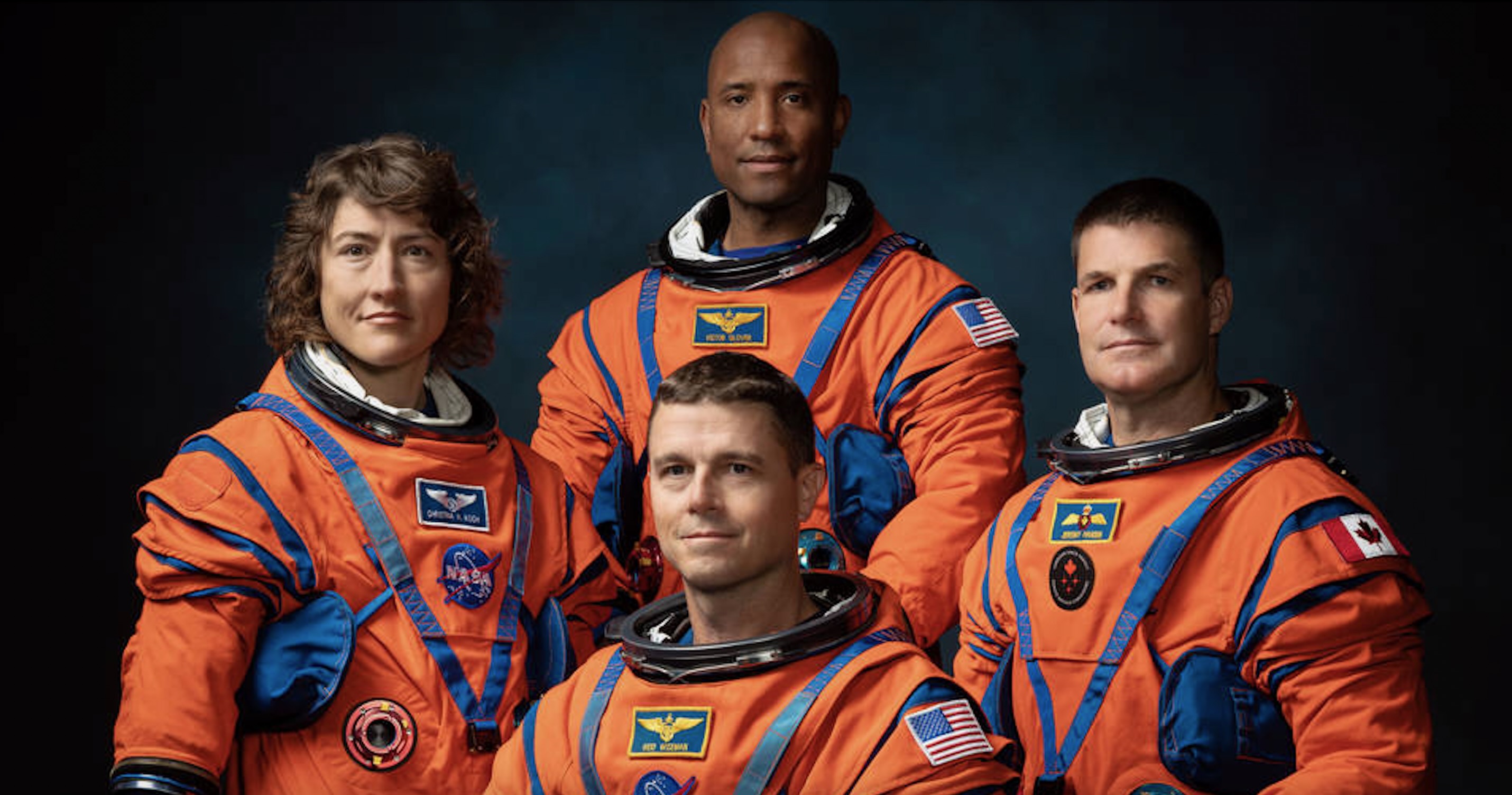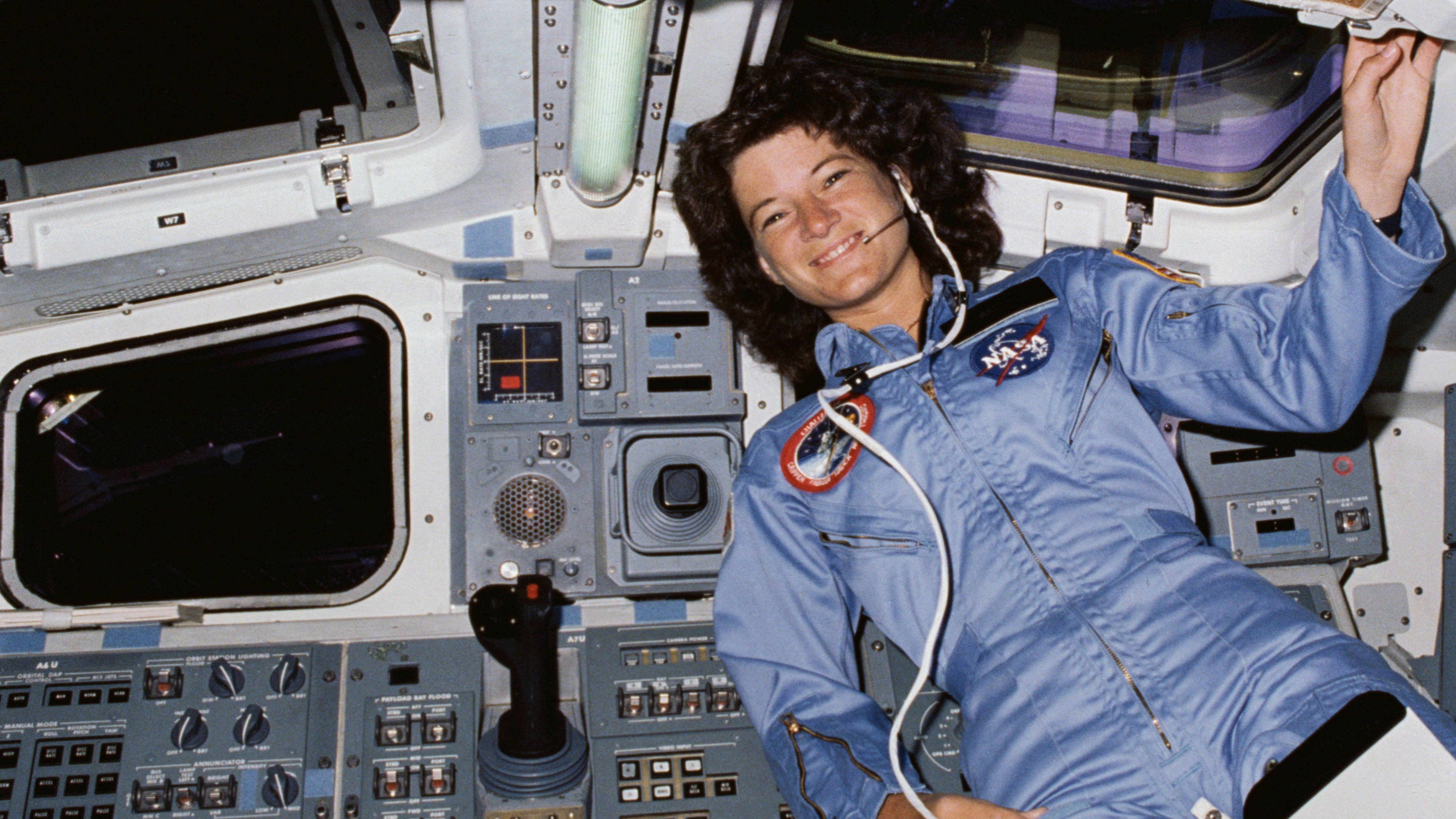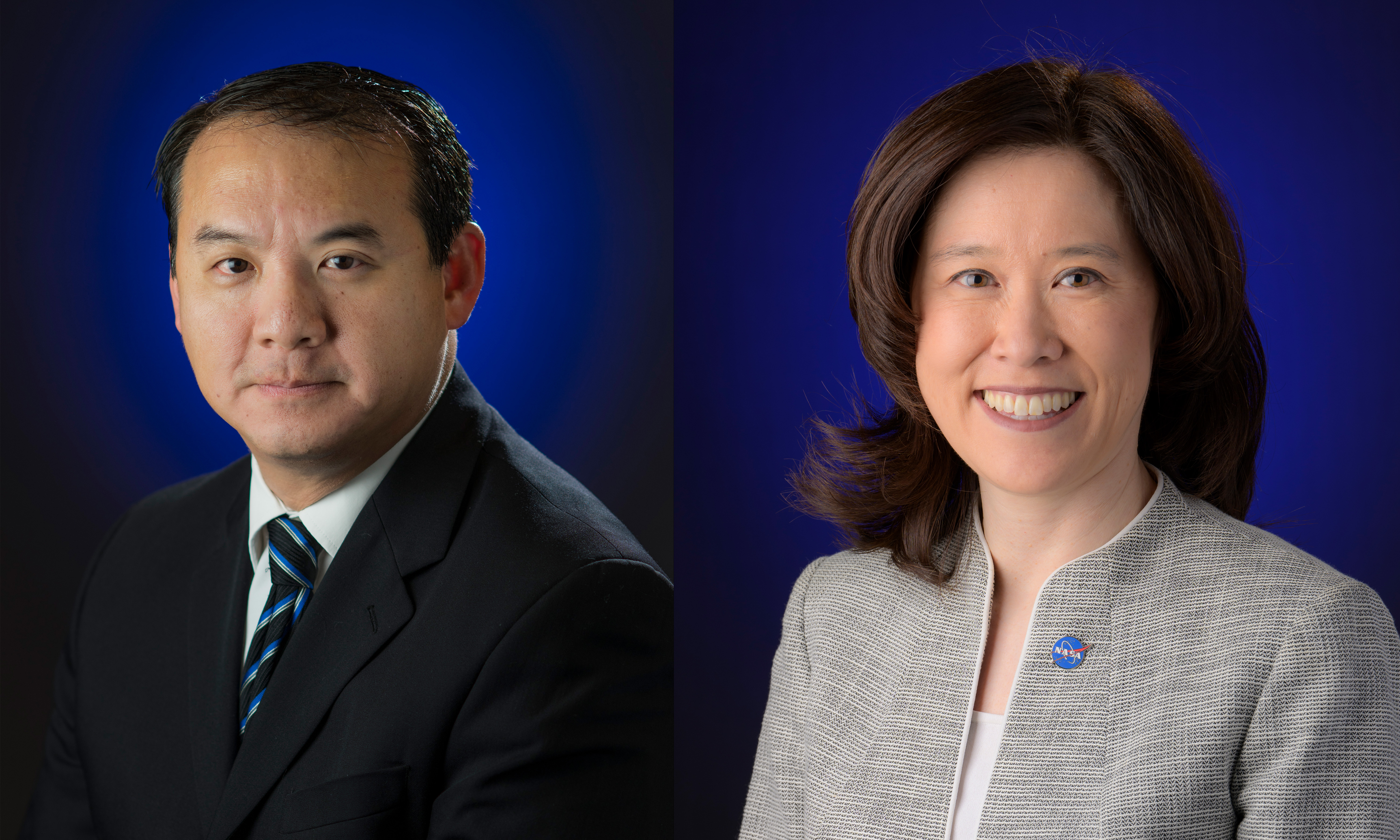NASA needs sharper diversity focus to boost representation, audit finds
'NASA has made little progress in increasing the representation of women and minorities in its civilian workforce or leadership ranks.'

NASA's diversity statistics are staying much the same despite a decade of efforts to increase representation, a new audit finds.
NASA's Office of the Inspector General (OIG) found at most a 2% increase in representation in groups such as women, African-Americans and Hispanics, a new audit revealed on April 20.
"Despite support from agency leaders and multiple initiatives to increase diversity, we found NASA has made little progress in increasing the representation of women and minorities in its civilian workforce or leadership ranks," OIG officials wrote in the report.
Only two of NASA's research centers have increased African-American representation markedly, while others have made small gains overall, the auditors said, noting that "few gains" in diversity have been made at the senior-official level as well. Overall, the agency has 18,000 civil service employees, with 35% being women and 30% African-American, Asian-American, Hispanic or "multiethnic."
NASA, like many other government agencies, has been striving to correct decades of discrimination against certain groups. Examples include the Lavender Scare of the 1950s and 1960s against LGBTQ+ people, failing to fly women astronauts until 1983 (more than 20 years after the first males), or initially not acknowledging the role of "Hidden Figures" African-American mathematicians and engineers in the early space program.
The OIG traces NASA's efforts to foster diversity and inclusion at least to a 2010 decision to include this priority in strategic decision-making. Then-President Barack Obama issued an executive order the following year, in 2011, for all government agencies "to develop specific diversity and inclusion plans by March 2012," which NASA performed, the OIG found.
Breaking space news, the latest updates on rocket launches, skywatching events and more!
NASA has been updating its strategy every few years since, and in 2020 inclusion was placed as the agency's fifth core value along with safety, integrity, teamwork and excellence, among other efforts to improve representation. (LGBTQ+ statistics were not referenced in the report, but such employees are discussed under the "equity" section of NASA's definition of diversity, equity, inclusion and accessibility.)
Related: Diversity will be key to Artemis moon-to-Mars push, NASA officials say
But all of this work has not resulted in meaningful changes in group composition, the OIG said. As such, the report issued seven recommendations for improvement and said that NASA officials were responsive to these ideas.
The first six initiatives target hiring and promotion, professional development, mentoring, a "barrier analysis" to see why certain groups are facing issues, creating trackable metrics to see how well diversity initiatives are performing, tracking hiring trends and including an "official or organization" to coordinate stakeholders in diversity work.
The agency has been taking even more steps recently to address diversity. For example, NASA created two new high-ranking positions in March to boost representation. Stephen Shih will be NASA's first diversity ambassador, and Elaine Ho will head the agency's Office of Diversity and Equal Opportunity, the agency announced.
And NASA's Artemis 2 moon crew, which was announced earlier this month, boosts representation considerably compared to the 24 white males who flew on the Apollo moon missions of the 1960s and 1970s. Artemis 2, which will launch no earlier than November 2024, includes Christina Hammock Koch, who will be the first woman astronaut to fly around the moon, and Victor Glover, who will be the first African-American to do so.
NASA also released a policy statement in early 2022 concerning diversity, saying it aimed to ""enable all NASA organizations and individuals to maintain a transcendent focus on our common goals." NASA Administrator Bill Nelson signed the action plan on Jan. 18, 2022, which also stated such initiatives are "a strategic enabler of our safety and mission assurance."
Elizabeth Howell is the co-author of "Why Am I Taller?" (ECW Press, 2022; with Canadian astronaut Dave Williams), a book about space medicine. Follow her on Twitter @howellspace. Follow us on Twitter @Spacedotcom or Facebook.

Elizabeth Howell (she/her), Ph.D., was a staff writer in the spaceflight channel between 2022 and 2024 specializing in Canadian space news. She was contributing writer for Space.com for 10 years from 2012 to 2024. Elizabeth's reporting includes multiple exclusives with the White House, leading world coverage about a lost-and-found space tomato on the International Space Station, witnessing five human spaceflight launches on two continents, flying parabolic, working inside a spacesuit, and participating in a simulated Mars mission. Her latest book, "Why Am I Taller?" (ECW Press, 2022) is co-written with astronaut Dave Williams.


